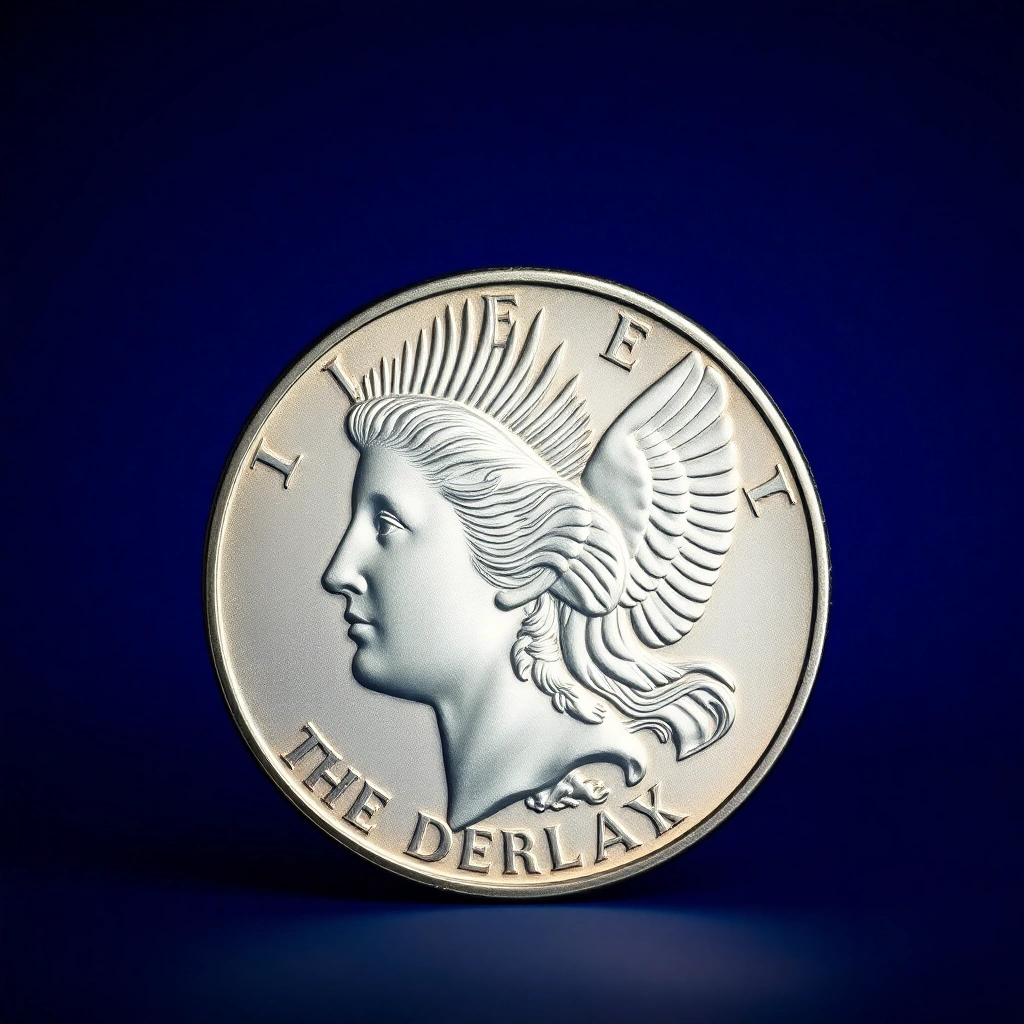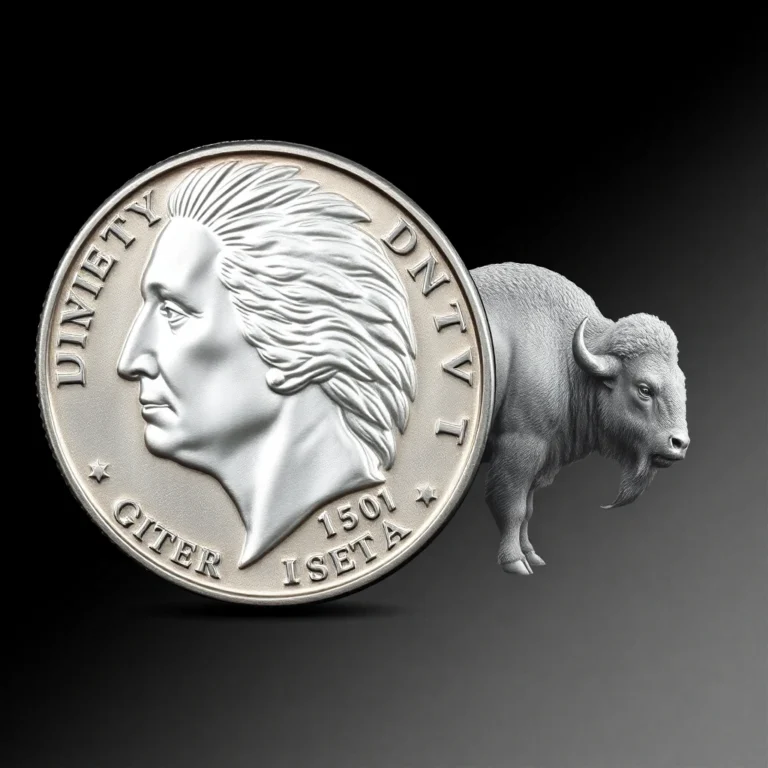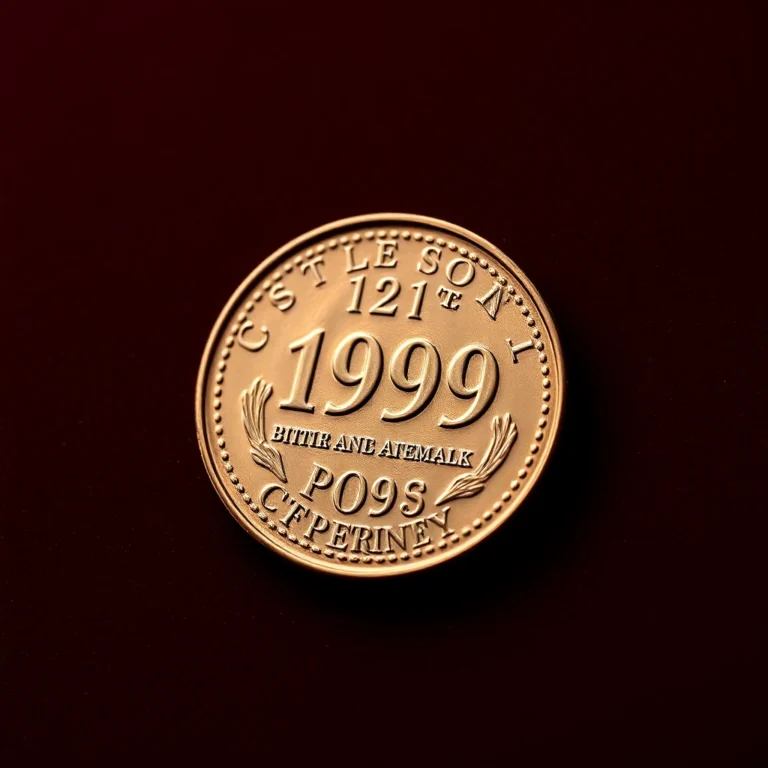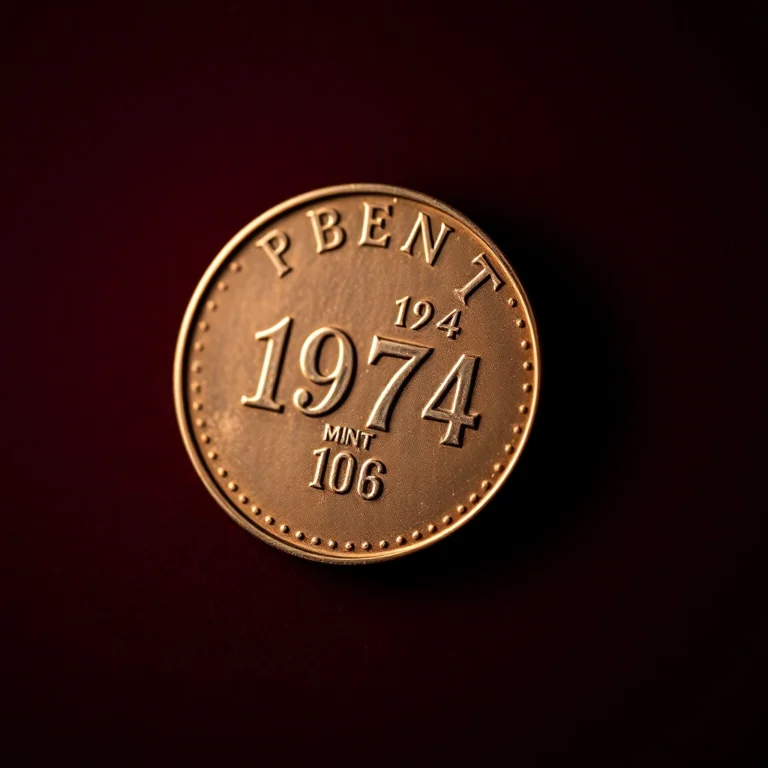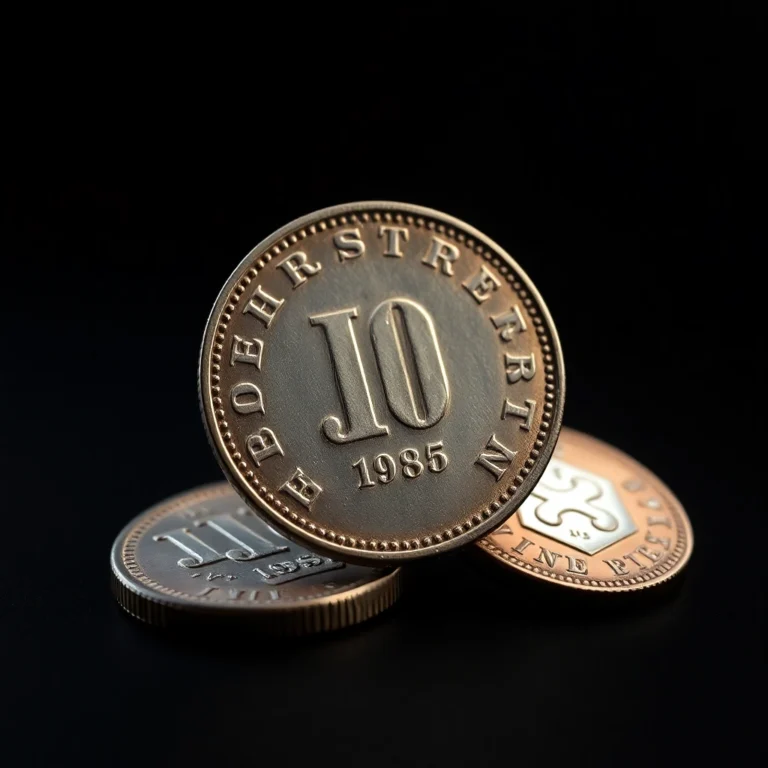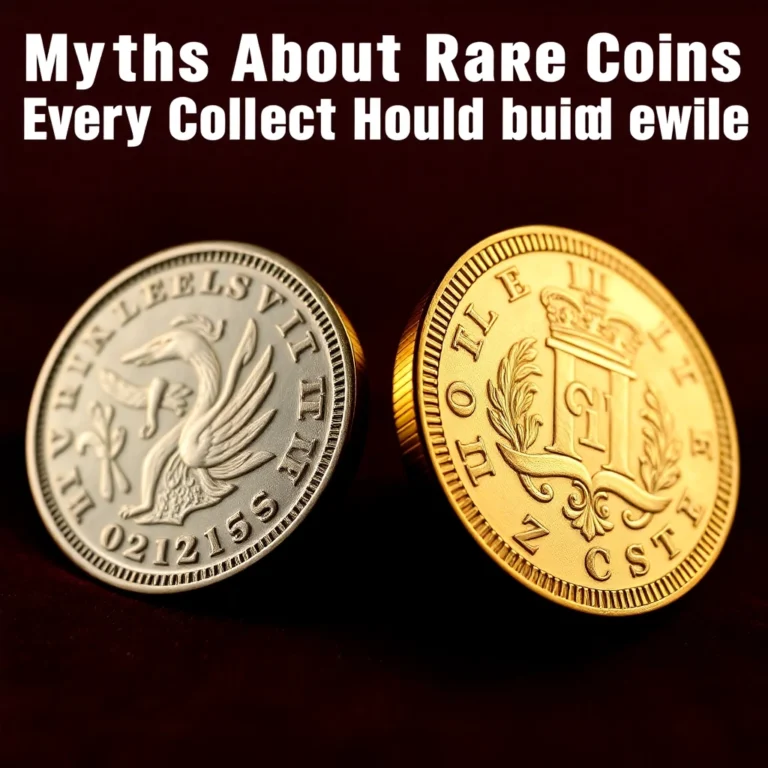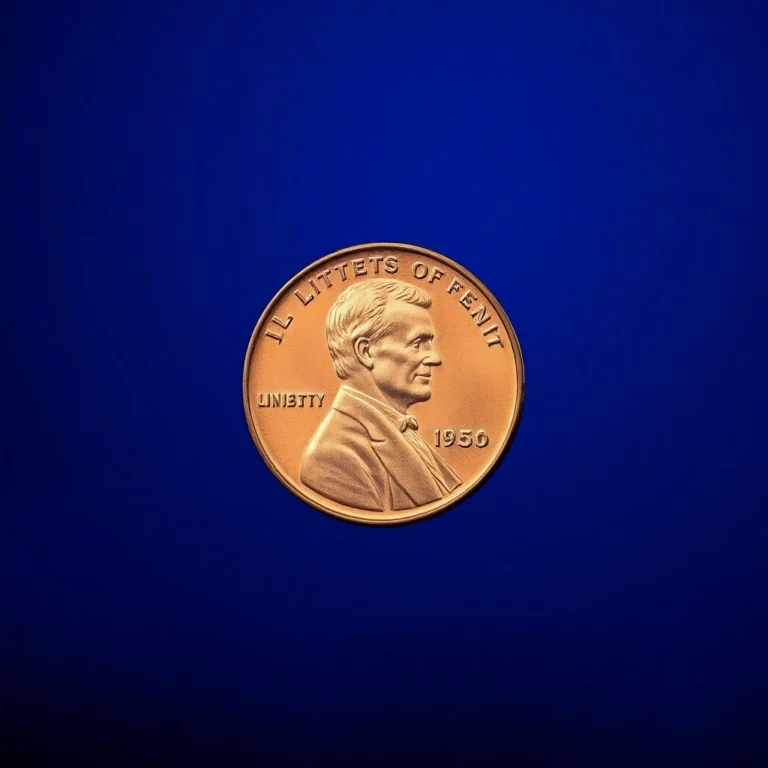Imagine holding a piece of history, a shimmering relic from an era defined by hope and renewal. The Peace Dollar, minted from 1921 to 1935, isn’t just a coin; it’s a symbol of America’s post-World War I aspirations for tranquility. For collectors, these silver dollars offer more than just their intrinsic beauty; they represent a tangible connection to a transformative period in U.S. history. Understanding the key dates of these coins can turn a casual collector into a savvy numismatist, unlocking the secrets behind their allure and value.
In this article, we’ll delve into the fascinating world of Peace Dollars, exploring the nuances of their production, the historical context of their release, and the key dates that make certain issues particularly sought-after. You’ll discover which years and mint marks are considered rare, why they command high premiums, and how to identify these elusive treasures. Whether you’re a seasoned collector or new to the hobby, this guide will provide the insights needed to enhance your collection.
Prepare to embark on a journey through time, where each coin tells a story of peace and prosperity, and where the right Peace Dollar could be the crown jewel of your collection. Are you ready to uncover the true value hidden within these numismatic gems?
Historical Background and Significance
The Peace Dollar is an iconic piece of American numismatic history, minted from 1921 to 1935. It was designed by renowned sculptor Anthony de Francisci to commemorate the end of World War I and symbolize the nation’s desire for peace. The Peace Dollar was the last silver dollar minted for circulation in the United States, making it a significant piece in the evolution of American coinage.
Physical Characteristics and Design
The Peace Dollar features a striking profile of Lady Liberty on the obverse, modeled after de Francisci’s wife, Teresa. Liberty wears a radiant crown reminiscent of the Statue of Liberty. The reverse showcases a majestic eagle perched on a rock, clutching an olive branch, with rays of the sun rising in the background—a true symbol of peace. Crafted from 90% silver and 10% copper, each coin weighs 26.73 grams and measures 38.1 mm in diameter.
Mintage Figures and Rarity
Peace Dollars were produced at the Philadelphia, Denver, and San Francisco mints. The 1921 High Relief Peace Dollar is particularly notable for its low mintage and unique design, with only 1,006,473 coins struck. Other key dates include the 1928 Philadelphia issue and the 1934-S, both known for their scarcity and demand among collectors.
Known Varieties or Errors
Several varieties and errors make the Peace Dollar series exciting for collectors. The most famous is the 1934-D “Doubled Die Obverse,” where doubling of the date and other design elements can be observed. Collectors also seek out the 1922 “No D” and “Weak D” varieties, characterized by the absence or faintness of the mintmark.
Value Information
The value of Peace Dollars can vary significantly based on condition, rarity, and demand. Below are value ranges for key dates in various grades:
1921 High Relief
| Grade | Value Range |
|---|---|
| Good (G-4) | $150-$200 |
| Very Good (VG-8) | $200-$250 |
| Fine (F-12) | $250-$300 |
| Very Fine (VF-20) | $300-$400 |
| Extremely Fine (EF-40) | $400-$500 |
| About Uncirculated (AU-50) | $500-$700 |
| Mint State (MS-60) | $700-$1,000 |
| Gem Mint State (MS-65) | $3,000-$4,000 |
1928 Philadelphia
| Grade | Value Range |
|---|---|
| Good (G-4) | $250-$300 |
| Very Good (VG-8) | $300-$350 |
| Fine (F-12) | $350-$450 |
| Very Fine (VF-20) | $450-$600 |
| Extremely Fine (EF-40) | $600-$750 |
| About Uncirculated (AU-50) | $750-$1,000 |
| Mint State (MS-60) | $1,000-$1,500 |
| Gem Mint State (MS-65) | $6,000-$8,000 |
Authentication Tips
With the high value of rare Peace Dollars, authentication is crucial. Look for sharp details in Liberty’s hair and the eagle’s feathers, which can help distinguish genuine coins from counterfeits. Verify the coin’s weight and diameter, as genuine Peace Dollars have precise specifications. Consulting with a reputable grading service can provide further assurance of authenticity.
FAQs
How is the value of a Peace Dollar determined, and why is grading important?
The value of a Peace Dollar is determined by its rarity, condition, and historical significance. Grading is crucial as it assesses the coin’s condition, influencing its market value. Coins graded by professional services like PCGS or NGC carry more weight in the market due to their authenticated grading standards.
What are some tips for authenticating a rare Peace Dollar?
To authenticate a rare Peace Dollar, examine the coin’s weight, diameter, and thickness to ensure they match official specifications. Check for signs of wear consistent with age and compare the coin’s design details with known genuine examples. Consulting a professional numismatist or using a third-party grading service can provide reliable authentication.
What should new collectors know before starting a Peace Dollar collection?
New collectors should research key dates and mint marks that hold higher value. It’s wise to start with common dates to get familiar with the series. Joining numismatic clubs and attending coin shows can provide valuable insights and networking opportunities with other collectors.
Why are Peace Dollars historically significant?
Peace Dollars, minted from 1921 to 1935, commemorate the end of World War I and symbolize the hope for peace. Designed by Anthony de Francisci, they reflect the era’s artistic style and national sentiment, making them a meaningful addition to any collection.
What are some common varieties or errors found in Peace Dollars?
Collectors often seek out varieties like the 1922 High Relief or the 1934 Doubled Die Reverse. Errors such as die cracks or planchet flaws can also add intrigue and value to a collection. These varieties and errors are often well-documented, so reference materials and guides can help in identification.
